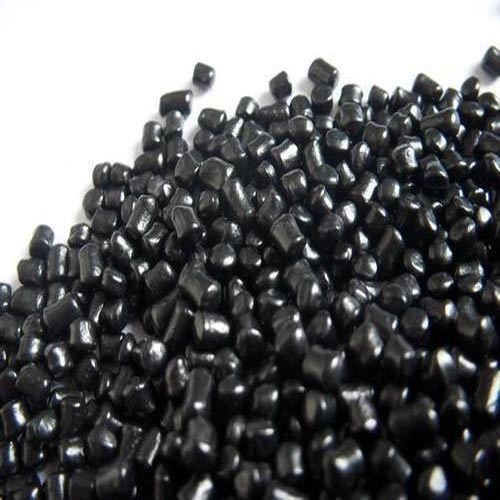Masterbatch is a plastic additive which comes in solid or liquid form to impart or color various types of plastics. It is a concentrated blend of pigments and additives covered in the heating process. Later on, the resin which is carrying it is cooled down and sliced into similar pieces. The masterbatch is used by processors for the coloring of raw polymers in the process of plastic manufacturing economically.
Masterbatch is considered to be most cost-effective and is widely preferred over a fully compounded material. If you go for the latter option, it is both expensive and less open to variability of product colors. You can also go for the concentrates over the raw compounding options as dispersion issues are far less in colorants and additives as it is the main issue with the compounding process. They might need more storage and lead processing times. On the other side, there are many benefits of black masterbatch over other options.
Black masterbatches offer great dispersion properties and coverage power in order to meet varied needs of resins and applications for end users. Here are some of the benefits of black masterbatches –
- Great dyeing strength
- Superior mechanical properties to improve stiffness and resist impact and tear in a better way
- Improved stretching
- Best choice for food packaging
- Better thermal stability, electrical conductivity, radiation protection, resistance to flames and bacterial effects, thermal conductivity, and heat control, when it is added to fresh additives
Here are some of the areas of application that can easily benefit with black masterbatches –
- Tarpaulins, irrigation pipes, and mulching for agricultural purposes
- Production of automotive parts
- Production of home appliances, such as vacuum cleaners, coffee makers, washing machines, mixers, blenders, etc.
- EVA soles and blankets for shoes
- Packaging of dairy products and food items with flatting film, blowing film, blowing sheets, coatings, etc.
- Getting monofilaments and multifilament with fibers
- Plasticulture and raffia production for making sacks for sugar, wheat flour, and animal feed.
- Manufacturing of cables, wires, hoses, geo-membranes, fittings and profiles, plugs, water tanks, and corrugated tubes.
